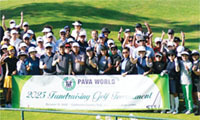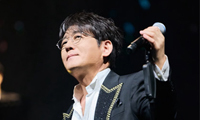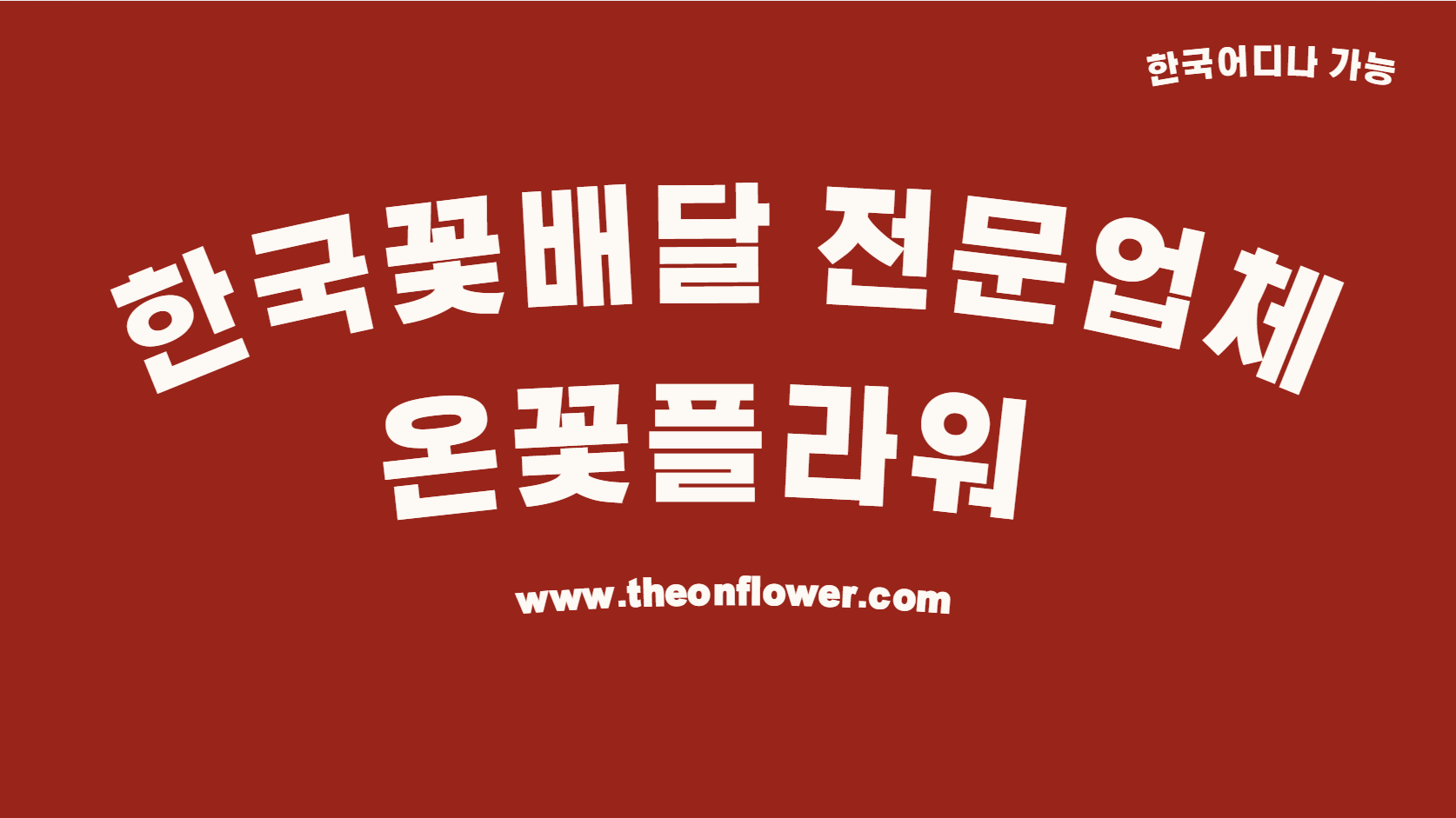Societal Impacts of the March First Movement
▶ 삼일 운동 백주년 기념 경운 장학회 주최 제9회 영어 웅변대회 수상작- Finalist
The following year resulted in more than 1,500 demonstrations, with nearly a total of 2 million people participating in the independence movement. In an attempt to suppress the movement, the Japanese turned to violence. Records indicate that about 7,000 people were killed by the Japanese police and soldiers, 16,000 were wounded, and approximately 46,000 people were arrested, 10,000 of which were tried and convicted. Additionally, 715 private houses, 47 churches, and 2 school buildings were destroyed by fire. This movement impacted Korean society in that Korea was exposed to the customs of other countries, as well as aspects of a more modern society. Students and women played a unique role in the March First Movement, as a great number of protesters were students and women. Some are even known as heroic freedom fighters.
In January of 1919, the New Korea Youth Association founded in order to meet with world leaders and come up with ways of gaining Korean independence. This prompted a new student organization to form in Tokyo, called the Korean Youth Independence Corps. On March 5, 1919, high school students were due back at school after the demonstration, but none showed up. At 9 a.m., hundreds of boys came out of shops and alleyways in front of the Seoul Railroad Station, shouting for independence. Girls joined the march as the protestors made their way through the city gate toward the palace. According to missionary reports, they got about half a mile before the march was cut short by Japanese police.
Consequently, the demonstrations quickly turned into a nation-wide protest movement, which had never happened in all of Korea’s history. Students played a significant role in the March First Movement, as they actively participated in protesting the Japanese occupation even though the police and military tried to stop them with violence. The students organized their own protests and stood up for Korean independence.
Among the 19,525 recorded arrests associated with the March First Movement, 471 were women. One of those arrests was Yu Gwan-sun, who is now a well-known freedom fighter. At the time of the movement, Yu attended Ewha Haktang in Seoul, a school founded by an American missionary as the first modern educational institution for women in Korea. Yu and some of her classmates participated in the protest on March 1st. Additionally, Yu joined the student demonstration on March 5th aforementioned. A few days after the colonial government ordered schools closed, Yu smuggled a copy of the Declaration of Independence to her hometown, Cheonan, where she spread word of the movement and encouraged local residents to organize their own protests. On April 1st of the same year, 3,000 people gathered Aunae Marketplace to peacefully protest.
However, the Japanese police arrived and fired at the crowd, killing 19 people. Yu’s parents were among the dead. When You complained that it wasn’t right for the military to suppress the people’s right to protest, they arrested her. Even in prison, Yu continued to openly support the movement and advocate the release of other prisoners. At the time of the movement, obedience and chastity was expected of women. However, the role women played in the movement allowed them to gain political consciousness and speak up for the women’s movement. Additionally, women such as Yu Gwan-sun were critical in helping to spread the word and organize protests for the movement.
The Samil Movement arguably both failed and succeeded. Korea was not able to secure independence until the end of World War II in 1945. However, this movement was significant in strengthening national unity. People were given an opportunity to come together based on a common cause. Additionally, the movement resulted in the rejection of a monarchy. The royals weren’t associated with the protests, and after the end of the Japanese occupation, Korea adopted a presidential system.
The March First Movement was a pivotal moment in Korean history, as it allowed for many developments in government, civil rights, and independence. The movement had a very significant impact on Korean society and paved the way for an independent Korea. Back then, the Samil Movement was hope that Korea would be freed from the Japanese occupation. Now, as a national holiday in Korea, the Samil Movement serves as a reminder of the brutality Koreans faced because of the Japanese and stands for an important time in Korean history when people came together under a common cause.
<Lauren Jun (9th Grade Townsend Harris HS>
스마터리빙
more [ 건강]
[ 건강]이제 혈관 건강도 챙기자!
[현대해운]우리 눈에 보이지 않기 때문에 혈관 건강을 챙기는 것은 결코 쉽지 않은데요. 여러분은 혈관 건강을 유지하기 위해 어떤 노력을 하시나요?
 [ 건강]
[ 건강]내 몸이 건강해지는 과일궁합
 [ 라이프]
[ 라이프]벌레야 물럿거라! 천연 해충제 만들기
 [ 건강]
[ 건강]혈압 낮추는데 좋은 식품
[현대해운]혈관 건강은 주로 노화가 진행되면서 지켜야 할 문제라고 인식되어 왔습니다. 최근 생활 패턴과 식생활의 변화로 혈관의 노화 진행이 빨라지고
사람·사람들
more
“최첨단 신차들… LA 오토쇼에서 경험하세요”
118년의 전통을 자랑하는 세계적인 자동차 축제 ‘LA 오토쇼’가 오는 21일부터 30일까지 LA 컨벤션센터에서 대대적으로 열린다. 전 세계 …

파바월드 펀드레이징 골프 토너먼트 성황
파바월드(대표 명원식)는 지난달 31일 캘리포니아 컨트리클럽에서 2025년 파바월드 펀드레이징 골프 토너먼트를 개최했다. 130여 명의 후원자…
KAMA USA 시니어모델협 8일 기금 마련 바자…
KAMA USA 시니어모델협회(회장 백은경)가 오는 8일(토) 오전 11시부터 오후 2시30분까지 LA 한인타운 윌셔와 후버 코너에 위치한 컬…
타운에 첫 한인 운영 수학·과학 정규학교
LA 한인타운에 수학·과학에 특화된 정규 사립중학교 ‘윈저 아카데미’(WMSA, 4055 Wilshire Blvd. #400, LA)가 지난 …
서각협회 ‘서각 교류전’ 11월1일 리앤리 갤러리
한국목우서각협회(회장 정기호)와 미주한인서각협회(회장 이애령)가 11월 1~8일 LA 한인타운 리앤리 갤러리에서 서각교류전을 갖는다.가주 의회…
많이 본 기사
- 국토안보부 “운전면허 기록 공유하라” 파문
- 셧다운발 항공 ‘대혼란’… LAX 등 운항 차질 심화
- 엔젤레스 국유림 차량 전복 한인 사망
- “이러니 한국 청년들이 결혼 안 하지”…日언론도 경악한 韓결혼 비용 얼마길래
- ‘푸드스탬프’ 재개되지만 “11월 절반 액수만 지급”
- 고물가 속 ‘대출의 덫’ 빠진 미국… ‘중산층 붕괴’
- 다저스 WS 우승 축하 퍼레이드… LA ‘들썩’
- 피말렸던 뉴욕시장 · 뉴저지주지사 ‘오늘 결판’
- ‘마약 카르텔’ 맞서다가 멕시코 시장… 1
- ‘차광렬 줄기세포상’에 아이어스 교수
- 오늘 가주 ‘특별선거’ 투표소 오후 … 2
- 22기 워싱턴 평통 86명 확정
- 연방정부 셧다운 상황 속 오바마케어 갱신 등록 시작
- 권일연 회장(H 마트 창립자),‘아시안 명예의 전당’헌액
- 페어팩스 일원 아파트 렌트비 또 올라
- 연방정부, 11월 푸드스탬프 일부 지급한다
- “배움이 내 인생의 전환점…후배들 희망의 씨앗 돼주고파”
- KCS, 오늘 식료품 패키지 무료 배부
- 뉴저지 팰팍주민연합회 친선 골프모임
- ‘유흥업소 출입 의혹’ 김준영, 소속사 쉴드 불가.. “모든 작품서 하차”
- 소피아 김의 ‘독보적인 영어 대화법’
- VA한인회, 안전사고 예방 간담회
- 비트코인 ‘업토버’ 7년 만에 끝났다
- 뉴욕평통 전현직 회장단 상견례
- 빅애플 가을 단풍 관광
- 조지아 이민단속 여파… 한국 기업들 투자 철회
- 대도시 주민·고소득층… “성경은 사실 아냐” 인식
- “중년기 변화 속 멈춤과 내면 성찰”
- 26년전 ‘아내 살인범’ 잡아 일본서… 고교 동창이 범인
- 전상복 회장, 사랑의터키재단 40년역사 기록서 전달식
- 서울여대 동창회 모교 발전 기여 방안 논의
- ‘이화 음대 100주년 월드투어’성료
- 아시안아메리칸 사법경찰자문위 월례회
- 김·미역을 해외서는 약국에서 판다고?
- 손흥민 ‘1골 1도움’ 맹활약… LAFC, 플레이오프 8강 진출
- 첫 무슬림 뉴욕시장 나오나 ‘관심 집중’
- 김하성, 1천600만달러 포기하고 FA 시장 나왔다…옵트 아웃 행사
- 다저스 우승 퍼레이드, LA 한복판 충돌…경찰차 공격·폭발까지 아수라장
- ‘클리넥스’ 킴벌리클라크, 타이레놀 품는다
- ‘힌두교 아내 개종희망’ 발언 논란
- 또 총영사관 사칭 보이스피싱… 지속 발생
- [존청 변호사의 “경제·법률 핫이슈”] 내 집 한 채가 전부인데… 리빙 트러스트가 정말 필요한가?
- 우리가 감사하며 살아가야 할 생명체
- GG 코리아타운 한인 시니어 ‘보금자리’
- [화요칼럼] 캘리에서 온 가을
- 삼성전자, 특허 소송서 연달아 패배
- 이이경, MBC ‘놀면 뭐하니?’에서 빠진다…”하차 의사 밝혀와”
- 오픈뱅크, 저소득층·노년층 지원 사업도 시작
- ‘야구의 신’을 놓친 양키스, “야마모토도 NYY 좋아했다, 357억 더 썼어야” 후회해도 늦었다
- 손흥민, MLS 플레이오프 8강전서 토마스 뮐러와 격돌
1/5지식톡

-
 테슬라 자동차 시트커버 장착
0
테슬라 자동차 시트커버 장착
0테슬라 시트커버, 사놓고 아직 못 씌우셨죠?장착이 생각보다 쉽지 않습니다.20년 경력 전문가에게 맡기세요 — 깔끔하고 딱 맞게 장착해드립니다!장착비용:앞좌석: $40뒷좌석: $60앞·뒷좌석 …
-
 식당용 부탄가스
0
식당용 부탄가스
0식당용 부탄가스 홀세일 합니다 로스앤젤레스 다운타운 픽업 가능 안녕 하세요?강아지 & 고양이 모든 애완동물 / 반려동물 식품 & 모든 애완동물/반려동물 관련 제품들 전문적으로 홀세일/취급하는 회사 입니다 100% …
-
 ACSL 국제 컴퓨터 과학 대회, …
0
ACSL 국제 컴퓨터 과학 대회, …
0웹사이트 : www.eduspot.co.kr 카카오톡 상담하기 : https://pf.kakao.com/_BEQWxb블로그 : https://blog.naver.com/eduspotmain안녕하세요, 에듀스팟입니다…
-
 바디프렌드 안마의자 창고 리퍼브 세…
0
바디프렌드 안마의자 창고 리퍼브 세…
0거의 새제품급 리퍼브 안마의자 대방출 한다고 합니다!8월 23일(토)…24일(일) 단 이틀!특가 판매가Famille: $500 ~ $1,000Falcon: $1,500 ~ $2,500픽업 & 배송직접 픽업 가능LA…
-
 바디프렌드 안마의자 창고 리퍼브 세…
0
바디프렌드 안마의자 창고 리퍼브 세…
0거의 새제품급 리퍼브 안마의자 대방출 한다고 합니다!8월 23일(토)…24일(일) 단 이틀!특가 판매가Famille: $500 ~ $1,000Falcon: $1,500 ~ $2,500픽업 & 배송직접 픽업 가능LA…
케이타운 1번가
오피니언
 문태기 OC지국장
문태기 OC지국장 GG 코리아타운 한인 시니어 ‘보금자리’
 민경훈 논설위원
민경훈 논설위원우리가 감사하며 살아가야 할 생명체
 박홍용 경제부 차장
박홍용 경제부 차장 AI 혁명의 명암, 샌앤젤레스가 던지는 경고
 정유환 수필가
정유환 수필가 [화요칼럼] 캘리에서 온 가을
 이영태 / 한국일보 논설위원
이영태 / 한국일보 논설위원 [지평선] 러너들에게만 천국인 서울
 이육사
이육사 ‘서풍’
 옥세철 논설위원
옥세철 논설위원인구 고령화, 그 예기치 않은 선물은…

남아선호는 옛말(?)
 캐슬린 파커 워싱턴포스트 칼럼니스트
캐슬린 파커 워싱턴포스트 칼럼니스트 [캐슬린 파커 칼럼] ‘트럼프 연회장’은 도금된 창고
1/3지사별 뉴스

피말렸던 뉴욕시장 · 뉴저지주지사 ‘오늘 결판’
미 전국에서 초미의 관심사로 떠오른 차기 뉴욕시장과 뉴저지주지사를 뽑기 위한 선택의 날이 밝았다. 뉴욕과 뉴저지 본선거가 4일 지역별로 설치돼…
연방정부, 11월 푸드스탬프 일부 지급한다

22기 워싱턴 평통 86명 확정
제22기 민주평화통일자문회의가 출범했다.평통 의장인 이재명 대통령은 지난달 28일 ‘평화공존과 공동성장의 한반도 새 시대’를 열어갈 제22기 …
연방정부 셧다운 상황 속 오바마케어 갱신 등록 시작

美 “中, 조선·해운 보복조치 철회키로”…한화오션 제재 풀리나
도널드 트럼프 대통령과 시진핑 중국 국가주석이 타결한 무역 합의의 일환으로 중국이 한화오션의 미국 자회사에 부과한 제재를 철회할 가능성이 제기…
“총영사관 등 사칭 보이스피싱 주의 하세요”

오늘 하루 이 창 열지 않음 닫기 



















































.png)


댓글 안에 당신의 성숙함도 담아 주세요.
'오늘의 한마디'는 기사에 대하여 자신의 생각을 말하고 남의 생각을 들으며 서로 다양한 의견을 나누는 공간입니다. 그러나 간혹 불건전한 내용을 올리시는 분들이 계셔서 건전한 인터넷문화 정착을 위해 아래와 같은 운영원칙을 적용합니다.
자체 모니터링을 통해 아래에 해당하는 내용이 포함된 댓글이 발견되면 예고없이 삭제 조치를 하겠습니다.
불건전한 댓글을 올리거나, 이름에 비속어 및 상대방의 불쾌감을 주는 단어를 사용, 유명인 또는 특정 일반인을 사칭하는 경우 이용에 대한 차단 제재를 받을 수 있습니다. 차단될 경우, 일주일간 댓글을 달수 없게 됩니다.
명예훼손, 개인정보 유출, 욕설 등 법률에 위반되는 댓글은 관계 법령에 의거 민형사상 처벌을 받을 수 있으니 이용에 주의를 부탁드립니다.
Close
x